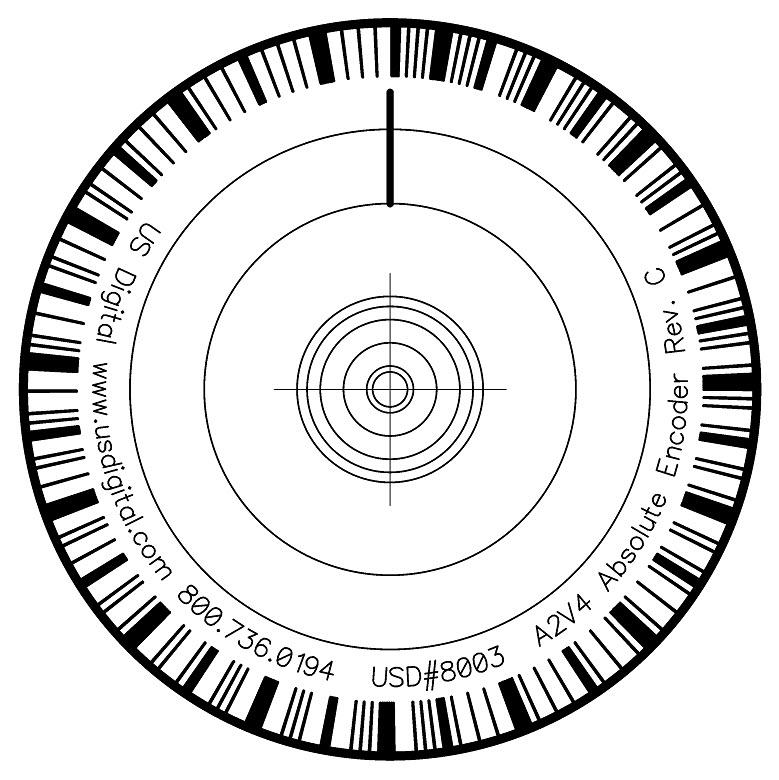What is an Absolute Positional Encoder?
In the realm of motion control and precision measurement, absolute encoders stand as indispensable devices for accurately determining the position of rotating shafts or linear movements. An absolute encoder provides unambiguous position information, offering a unique code for each position along its range of motion. This means that even if power is lost, the encoder retains the exact position data, eliminating the need for recalibration upon power-up. Helpful resource: https://medium.com/@ngiengkianyew/explaining-the-need-for-positional-encodings-in-transformers-db4209d4be10

What is the Difference Between Absolute and Incremental Encoder?
The primary distinction between absolute and incremental encoders lies in how they provide position feedback. While an absolute encoder outputs a unique digital or analog signal for each position, an incremental encoder generates pulses relative to movement. Absolute encoders offer immediate positional information without the need for referencing, whereas incremental encoders require a reference point to determine position. Helpful resource: https://www.usdigital.com/blog/difference-incremental-vs-absolute-encoders/
Does an Absolute Encoder Require a Home Position?
Unlike incremental encoders, which often require a home position or a reference point for initialization, absolute encoders do not rely on a specific starting position. Each unique position along the encoder's range is uniquely encoded, enabling the system to determine its exact position without the need for homing routines. This feature makes absolute encoders particularly advantageous in applications where precise positioning is critical, such as robotics, CNC machines, and medical devices. Helpful resource: https://www.valin.com/resources/articles/absolute-encoders-facts-and-misconceptions
What is the Difference Between Relative and Absolute Encoders?
Relative encoders, also known as incremental encoders, provide position feedback relative to a reference point or starting position. They measure changes in position by counting pulses generated as the shaft rotates or moves. In contrast, absolute encoders directly encode the absolute position of the shaft, offering precise position information regardless of the starting point. While relative encoders are simpler and less expensive, absolute encoders provide greater accuracy and reliability, making them ideal for applications where positional accuracy is paramount. Helpful resource: https://www.chiefdelphi.com/t/mag-encoder-switch-between-absolute-and-relative/346295
In conclusion, absolute encoders play a vital role in countless industries where precise motion control and position sensing are essential. By providing unambiguous position information without the need for referencing or homing, these sophisticated devices enable engineers and designers to achieve unparalleled accuracy and repeatability in their applications. Whether used in manufacturing, robotics, aerospace, or automotive systems, absolute encoders serve as indispensable tools for achieving absolute precision in motion control and positioning.
Facts Checked by Hugh Johnson
Hugh Johnson stands tall in the realms of both the Integrated Circuits (ic Chips) industry and the electronic parts industry, earning acclaim as an esteemed expert in these fields. With an extensive background steeped in semiconductor technology, Hugh's expertise transcends chip design and fabrication, encompassing a profound understanding of electronic components' intricate functionalities and applications. His seasoned knowledge spans diverse facets, from microchip architecture and fabrication techniques to the broader landscape of electronic parts utilized across industries.

